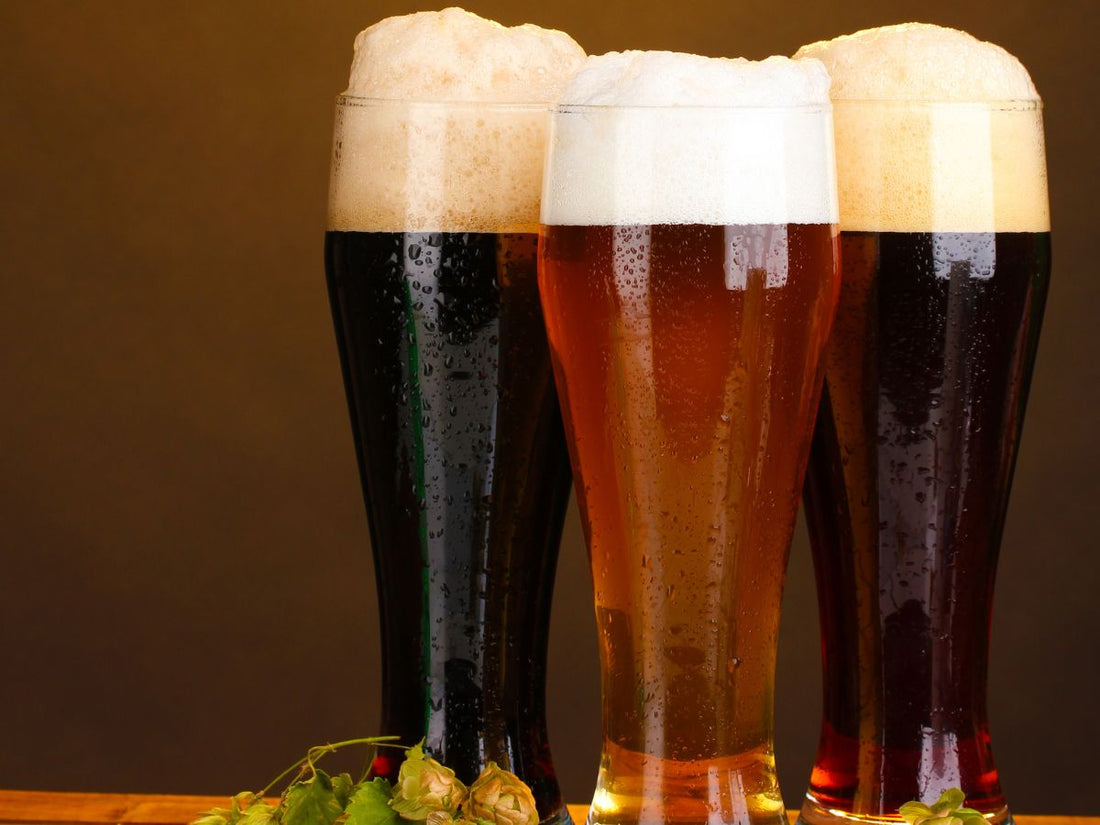Seawall Bar: Delight In Top-Notch Cocktails and Spectacular Views in Galveston
Seawall Bar: Delight In Top-Notch Cocktails and Spectacular Views in Galveston
Blog Article
The Ultimate Distillery Experience: From Grain to Glass, Everything You Required to Know
Getting started on a journey with the intricacies of the distillery procedure introduces a globe where scientific research meets creativity in the production of spirits. From the careful choice of grains to the thorough crafting of each container, every action in the production line plays a vital duty in shaping the final item that beautifies our glasses.
The Art of Grain Option
Selecting the perfect grains is an important action in the purification procedure, figuring out the flavor account and top quality of the end product. The type of grain selected dramatically affects the character of the spirit being produced - Seawall Bar. Typical grains utilized in purification consist of barley, corn, wheat, and rye, each imparting distinct flavors and qualities to the last product

Beyond taste factors to consider, the top quality and purity of the grains are critical. Distillers diligently resource grains to guarantee they are without pollutants and have the needed starch web content for fermentation. By understanding the art of grain selection, distillers lay the foundation for creating outstanding spirits that astound the taste.
Purification Refine Demystified
Having established the foundation with meticulous grain selection, the distillation process becomes the transformative stage where the essence of the chosen grains is unlocked and refined right into a perky form. Distillation is a methodical process that counts on the principle of separating alcohol from a mix based on differences in boiling points. Once the fermented mash is heated in the still, the alcohol evaporates at a lower temperature than water and other compounds, enabling its extraction. As the alcohol vapors increase and pass with the still, they condense back into liquid type, resulting in a greater evidence extract. This extract, additionally referred to as the 'heart cut,' is the purest and finest part of the purification run. The procedure doesn't finish there; numerous purification runs or extra actions such as maturing in barrels may further refine the spirit, enhancing its personality, taste, and complexity. Comprehending the ins and outs of the purification procedure is critical for generating high-quality spirits that astound lovers and lovers alike.
Barrel Aging and Taste Advancement
During the barrel aging process, spirits undergo a transformative trip as they connect with the timber, soaking up nuanced tastes and creating an abundant complexity. As spirits age in the barrels, they draw out compounds such as vanillin, lignin, and tannins from the timber, adding to the growth of scents like vanilla, caramel, spice, and also tips of toasted oak.
Additionally, the aging process permits oxidation to occur, leading to more chemical responses that smooth the spirit and round out any harsh edges. The porous nature of timber likewise allows the spirit to breathe, helping with the integration of tastes gradually. Depending upon the duration of aging and ecological conditions like temperature and humidity, spirits can get various qualities, from subtle timber notes to deep, complicated flavors that make each set one-of-a-kind. Inevitably, barrel aging plays a crucial duty fit the distinctive taste profile of each spirit, supplying a sensorial trip for connoisseurs to savor.
Craftsmanship in Bottling and Labeling
As spirits reach their optimal taste profiles through barrel aging, the precise craftsmanship in bottling and classifying comes to be the following crucial action in providing a costs product to customers. The process of bottling and identifying is an important element of the general distillery experience, as it is the last touchpoint prior to the product reaches the hands of customers (Galveston Whiskey). Workmanship in bottling includes making sure that each bottle is loaded specifically with the spirit, taking into consideration factors such as consistency in fill degrees and the avoidance of any type of contaminations going into the container

Sampling and Valuing Great Spirits
To completely appreciate fine spirits, one should engage all the senses in a mindful and purposeful sampling experience. When tasting penalty spirits, it is vital to start by observing the spirit's appearance. Swish the spirit in your mouth to fully experience its texture and preference.
Verdict
Finally, the distillery experience incorporates the complex art of grain selection, the specific distillation process, the transformative barrel aging, the meticulous workmanship in bottling and identifying, and the innovative technique of sampling and valuing great spirits. Each action in the manufacturing process plays an important role in developing high-quality spirits that astound the senses and delight aficionados worldwide.
The kind of grain selected significantly influences the character of the spirit being created. By grasping the art of grain option, distillers lay the foundation for developing remarkable spirits that astound the Seawall Bar taste buds.

Report this page